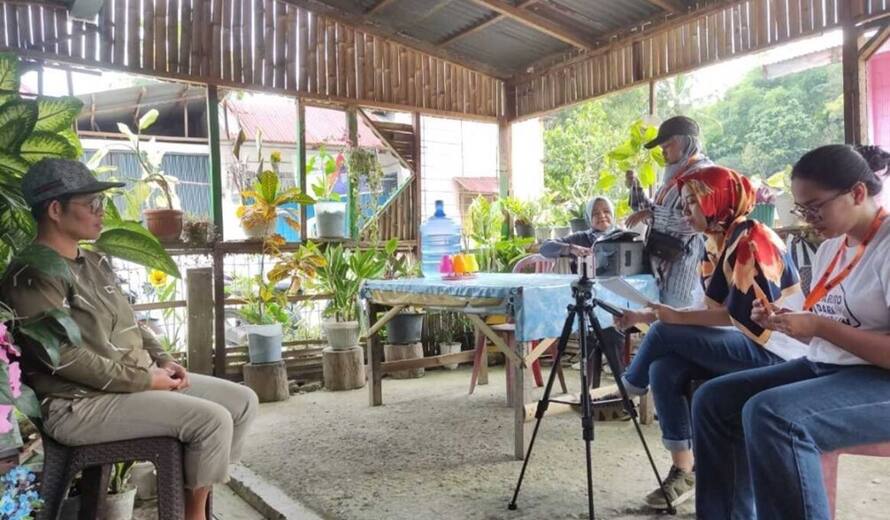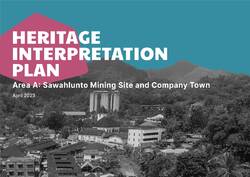Enhancing the promotion of rich social histories of Ombilin Coal Mining Heritage of Sawahlunto
From 2021 to 2023, the UNESCO Office in Jakarta partnered with the Government of Sawahlunto and the Southeast Asia Museum Services to bring to life a project titled “Supporting Interpretative Strategy, Community Outreach and Community-Led Tourism in World Heritage Site: Ombilin Coal Mining Heritage of Sawahlunto Indonesia.”
Built for the extraction, processing, and transport of high-quality coal in an inaccessible region of Sumatra, the Ombilin coal mine of Sawahlunto was an industrial site developed by the Netherlands East Indies Government in the globally significant period of industrialisation from the late 19th to the beginning of the 20th century. The workforce was recruited from the local Minangkabau people and supplemented by Javanese and Chinese contract workers and convict labourers from Dutch-controlled areas.
When coal mining could no longer support local livelihoods, the mining town in the Sawahlunto Municipality made a breakthrough economic shift towards culture-based tourism, utilising its heritage buildings and features and intangible cultural heritage.
With support from the Netherlands Funds-in-Trust at the World Heritage Centre, the UNESCO Office in Jakarta led the charge in facilitating this transition. The project, which ran from January 2021 to April 2023, established a comprehensive interpretation plan for the Sawahlunto Mining Site and Company Town (Area A). Through hands-on training, key local stakeholders—including government officers, homestay owners, and youth—were equipped with the skills to interpret Sawahlunto's rich social history, preserving oral traditions, and community-owned collections.
By the project's conclusion in 2023, significant milestones had been achieved: the Heritage Interpretation Plan for Area A engaged over 40 key partners comprising government and private sectors, local communities and youth, including mining workers; 26 youths were trained in integrating homestay businesses with heritage interpretation with the support of Traveloka and Hasta Inc. Additionally, exhibits were revitalised at the Sawahlunto Railway Museum, the Goedang Ransoem Museum and the Soero Mining Pit Museum, providing practical capacity-building opportunities to 20 museum staff. Eleven youths and staff of the Office of Culture learnt how to record local oral histories by interviewing elders, mining workers and descendants of chair labourers. The work culminated in a temporary onsite exhibition attracting over 70 local community members. The exhibition is now accessible online for all to enjoy at www.caritodariombilin.com. Bilingual versions of the Heritage Interpretation Plan of Area of Sawahlunto Mining Site and Company Town were made available in Bahasa and English to ensure accessibility and dissemination. The document is set to be incorporated into the Sawahlunto Municipality’s Mid-Term Development Plan (2023-2028), further solidifying its commitment to preserving its cultural heritage. Handing the document to Sawahlunto Municipality in November 2023 marked a pivotal moment in safeguarding Sawahlunto's legacy for future generations.


